I was requested by Irina Ghose and Gopal Swaminathan to conduct a nature/birding walk at Lalbagh for their daughter Divya, who was celebrating her birthday.
We gathered most of the group together for a “landmark” shot:
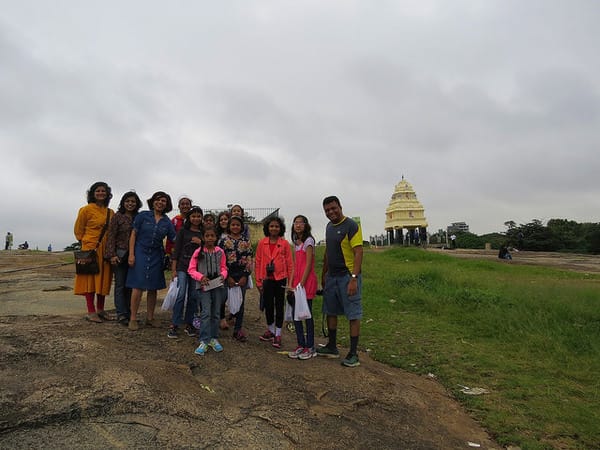
And off we went.
We started with the commonest of birds, the Blue Rock Pigeon:
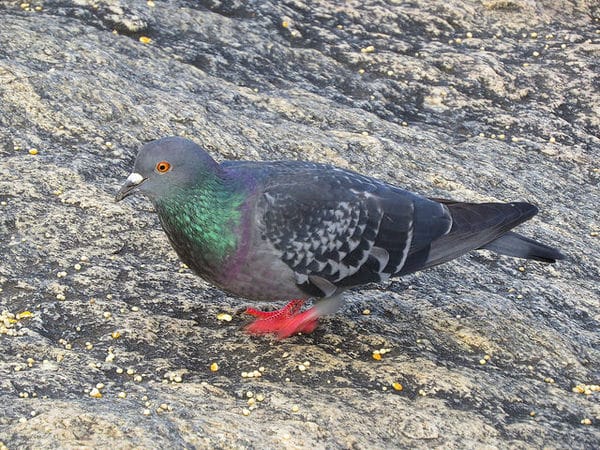
And the Black Kite (here, a silhouette in the sky):
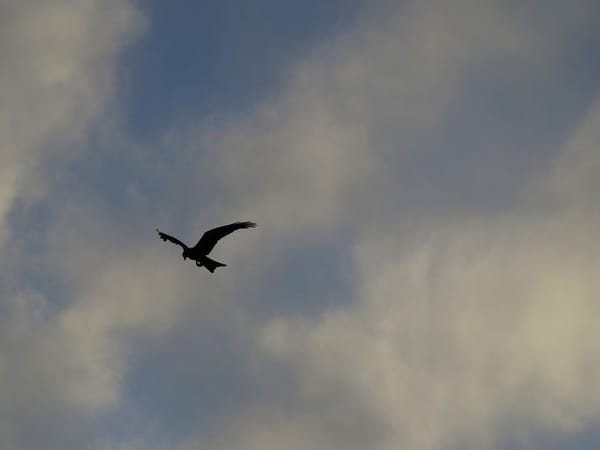
At the lake, we saw a Little Egret and a Purple Heron:

A Purple Swamphen:
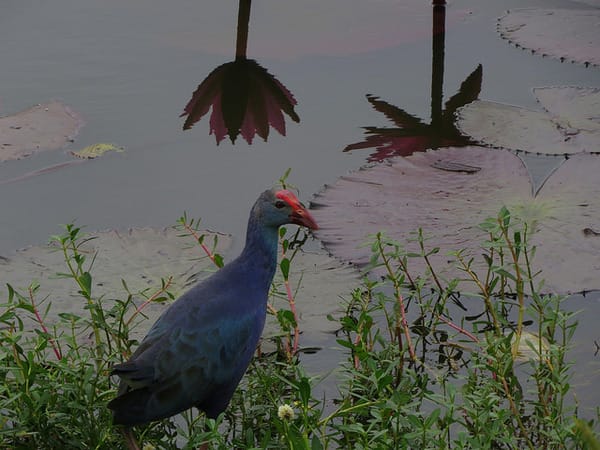
A Common Moorhen:
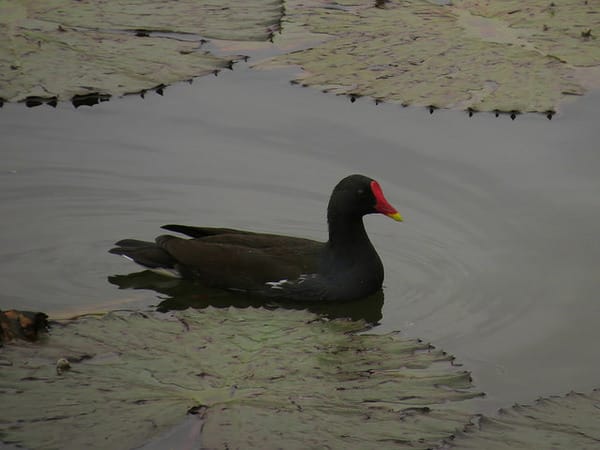
A White-throated Kingfisher looked out over the rose garden.
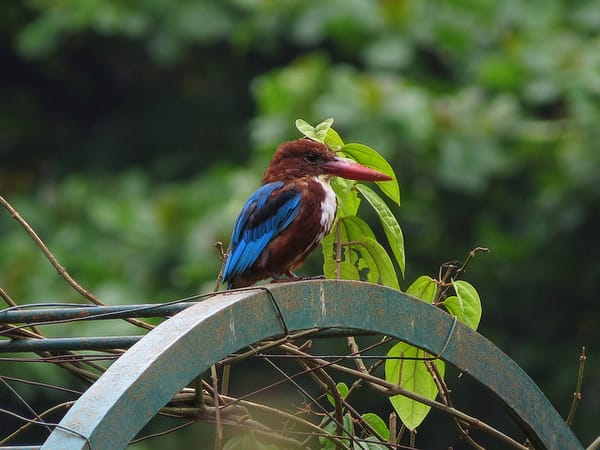
The Spotted Owlets didn’t seem too enthused to see me back again with another group:
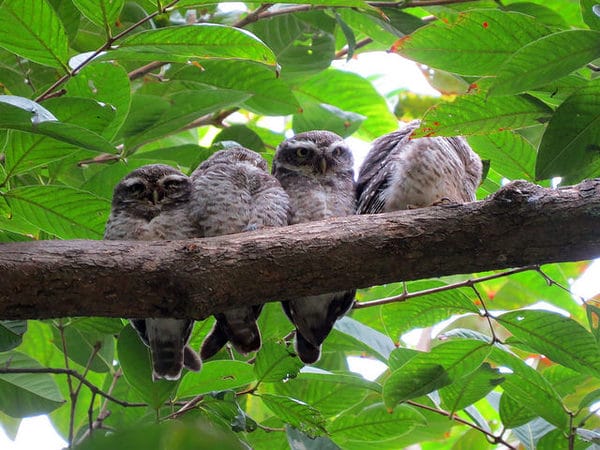
It was very nice to see several of the children jotting down the birds’ names:
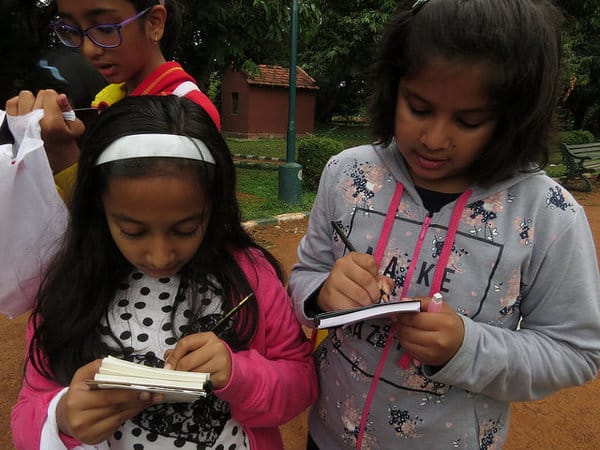
The birds were not the only beautiful things around! This flower is from the Lafoensia vandellina, which is a heritage tree of Lalbagh. Here is another post I made about this tree.
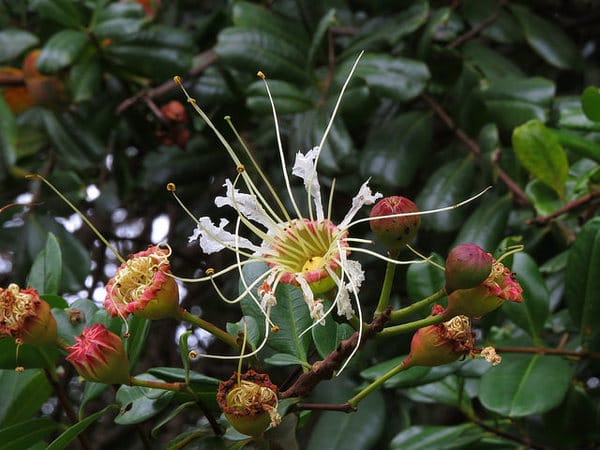
Some of the historic structures in the park also seemed lost in green dreams of long ago:
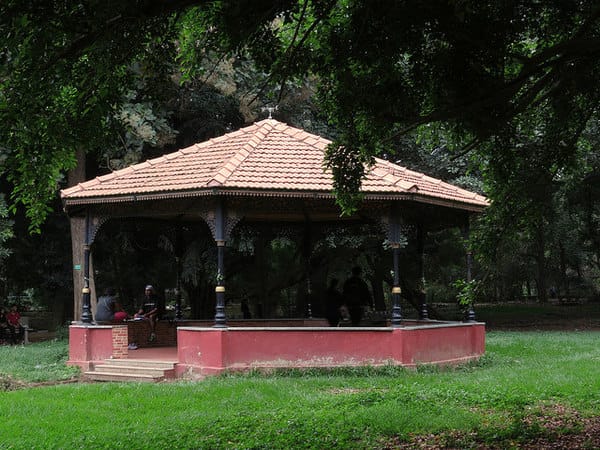
In the middle of the cultivated gardens I did find some tiny, exquisite wildflowers.
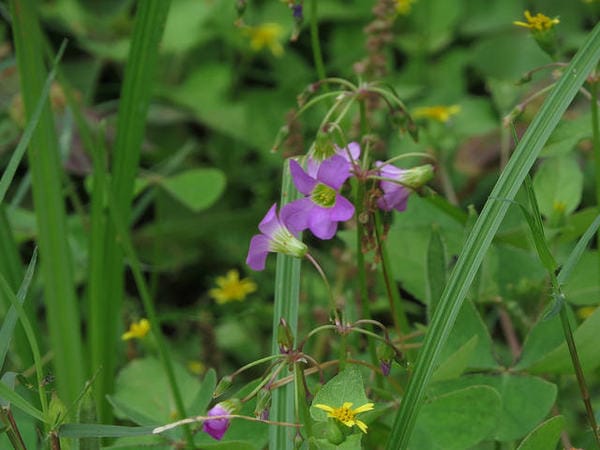
Here’s everyone at the end of the walk, they seemed to have had a good time!
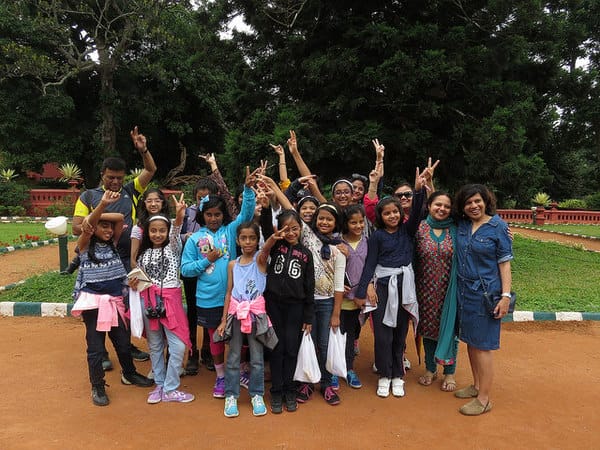
I left the children and the adults celebrating in the park, one of the jewels of our city.
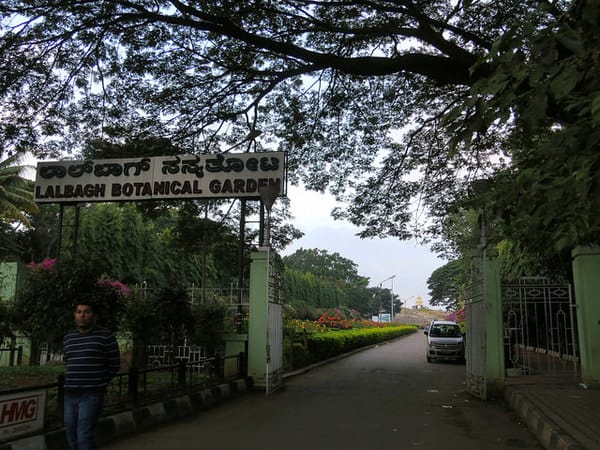
More photos in the FB album, and the eBird list is here.
Such urban nature walks show us the natural wealth that is still available to city-dwellers.
Related Articles
Lots of birds at Kaikondrahalli Lake
Children like the lake, so do the birds!
Spot the birds flying in to Bangalore
Feeding birds and animals for 15 years!